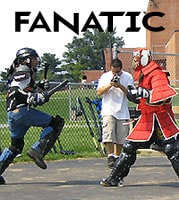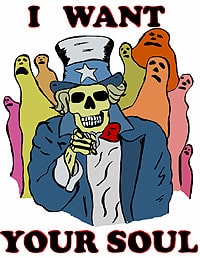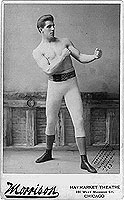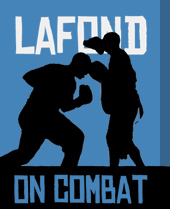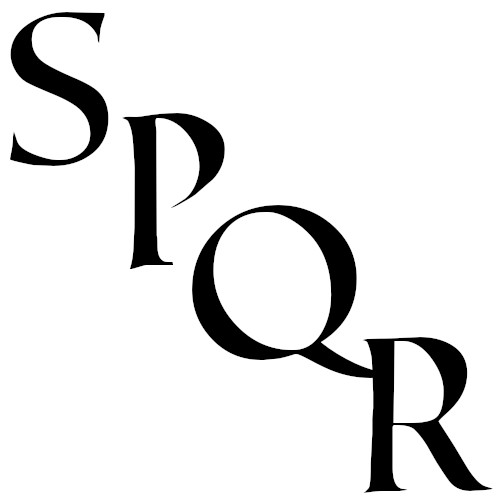2005, Yale, London, 468 pages
Soldiers and Ghosts is the most important book on ancient warfare I have read in 20 years. Lendon begins his account of ancient warfare by describing a battle involving U.S. Marines in Quang Tri Province, Vietnam, July 4, 1967. The peculiar behavior of men dying and killing in War is the subject of Soldiers & Ghosts, with the dates of study merely incidental to the author’s examination of masculinity in its lethal extremity. Twelve men die and 17 are wounded in a battle that was nothing more than an attempt to retrieve the bodies of 31 marines who had fallen the previous day.
Lendon then takes the reader all the way back, through the mists of classical antiquity and into the Iliad, a surviving tale of Bronze Age and Iron Age war which he excavates behaviorally and morally in three layers. Lendon’s section on The Greeks spans the Iliad, where the cult of committed risk-taking was established that would sustain the warrior soul for the next thousand years, to the battle of the 600 champions between Argos and Sparta, through the Persian Wars and the Greek Wars of and the Hellenistic Age, establishing the evolved legacy of the hero tradition as adapted and applied by men as diverse as feuding farmers and maniacs who aimed for godhood itself. The nuances and gravity of the honor system honed in hand-to-hand rather than shooting war is then examined as it echoes down through the ages to our own men of war. The Iliad is properly understood as an unreal accretion of ages of tradition into a forum for the demonstration of the warriors many virtues, physical, moral and mental.
“The ultimate origins of the ferocious competitiveness of the Greeks—in human biology? An inheritance of Indo-European codes of masculinity?—cannot be discovered.”
It was this passage, on my second of three readings of Soldiers & Ghosts which compelled me to right A Dread Grace, in search of that unique spark that saw men of the Indo-European races excel beyond all others in war, across many ages, often with no greater technology than that at the disposal of their enemies.
Lendon describes well the aspects of hoplite warfare which would make the Greco-Roman foot soldier the longest-lived and best of infantrymen, from othismos [mass push], to trope [mass rout] that point on the field at which the trophy should be built from the arms of the defeated which ironically established symmetrical—same culture—warfare as the crucible that would forge warrior societies which would excel at asymmetrical war, an occurrence off repeated in later ages.
The main brands of battlefield courage, passive and aggressive are discussed in searing detail and the reader would be well-served to recall that cool courage and resolve was often inspired by less communal and more manic forms of risk-taking, with the modern rifleman who must coolly conduct himself having as his ancient counterpart the spearman, not so much the archer.
The particular types of organization required for the use of various weapons and classes of men begin to come to the fore but are never permitted by Lendon to overtake the narrative and make of it a dance of automatons. Among Lendon’s more insightful expositions of ancient warfare, involve the fact that barbaric tribesmen were rarely absent from the battles of civilizations greatest armies and that the ego, honor and competitiveness of the individual and often lightly armed warrior did no regress into some backwater with the Greco-Persian wars only to remerge on horseback in the later stages of the Roman Empire.
-Specialized tribal troops, afoot and ahorse, were key to Alexander’s stunning victories
-As early as A.D. 71 non-Roman auxiliary troops were punching way above their weight even in sieges, as the legionnaire began functioning more as a combat engineer than as a shock infantry trooper as he had under the old republican legions.
-By the time of Trajan’s column, in A.D. 113, celebrating his Dacian campaigns, in which fighting was brutally two-sided, the legionnaire with his distinctive segmented steel band armor and flared plate neck piece on the back of his helmet, is now primarily a military engineer, with lightly armed tribal auxiliaries doing the heavy fighting and even taking heads in age old fashion.
-The later Roman emperors, after the disasters of the A.D. 200s developed armies more dependent on horsemen and that equestrian sports and rituals became as important to the latter Roman martial culture as athletic competitions had once been to Alexander’s army. Lendon concludes, in part:
“The best ancient armies were not those that set themselves against the manners of their age. The best ancient armies were those that found ways to exaggerate and exploit the yearnings of their individual soldiers.”
Lendon goes on to comment on generalship in a similar vein and closes with a beautiful quote from Pindar, with his command of the poetic sources, from Homer, to Hesoid, Simonides and Pindar making of Soldiers & Ghosts a stirring read.
All Power Fighting
A Fighter's View of Mixed Martial Arts from Achilles to Alexander (The Broken Dance) (Volume 3)




